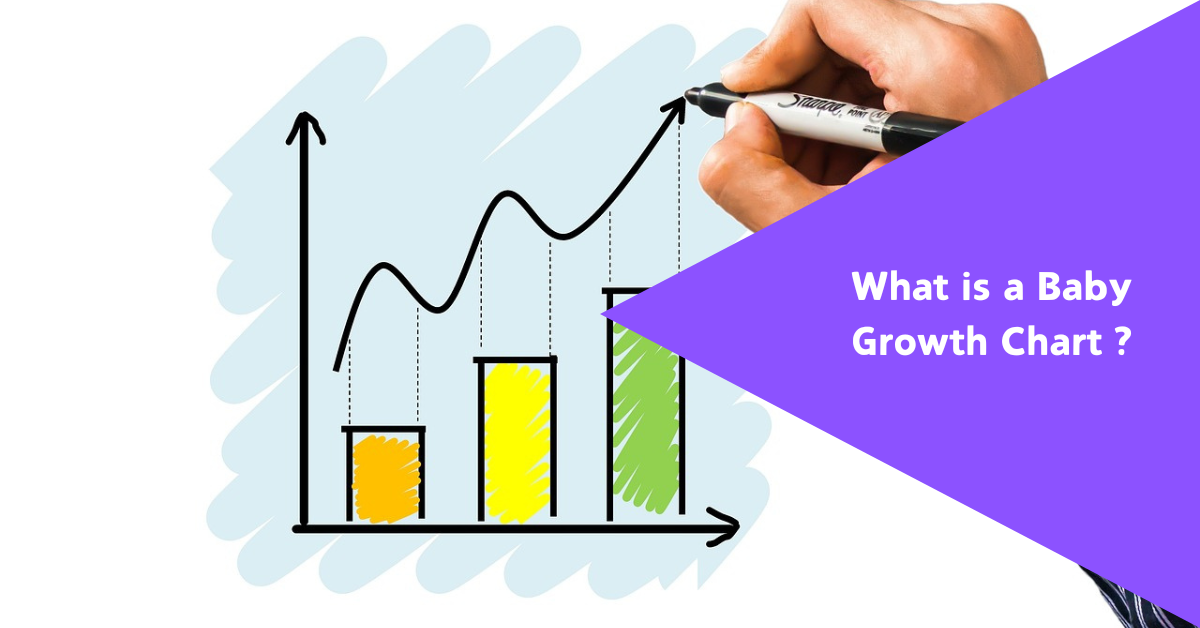A baby growth chart is a graphical representation of a child’s growth metrics, including weight, height, and head circumference, plotted against age. These charts are typically divided by gender, as boys and girls grow at different rates.
Read this blog to know about the importance, how to read a baby growth chart, factors influencing a baby growth chart and when to seek medical advice.
Before that, please enter this form to get a free growth chart.
Importance of Baby Growth Charts
Baby Growth Charts are of great importance. Read on to know about them:
- Monitoring Development: Baby Growth Charts allow parents to monitor their child’s physical development over time. Regular checkups with a pediatrician typically involve plotting a child’s measurements on a growth chart to assess their growth trajectory.
- Identifying Growth Patterns: By comparing a child’s measurements to standardized percentiles, parents can identify whether their child is growing consistently. For example, if a child consistently falls in the 50th percentile for weight, they are growing at an average rate compared to peers.
- Early Detection of Health Issues: Significant deviations from typical growth patterns can indicate potential health issues. For example, if a child suddenly drops from the 75th percentile to the 25th percentile in weight, it may require further investigation by a healthcare provider.
How to Read a Baby Growth Chart?

After knowing about baby growth charts, it is also essential to know about how to read them.
- Percentiles: Growth charts use percentiles to show how a child’s measurements compare to others of the same age and gender. For example, if your child is in the 75th percentile for height, they are taller than 75% of their peers.
- Tracking Over Time: It is essential to look at how your child’s growth trends over time rather than focusing on a single measurement. Consistent patterns can provide more accurate insights into their overall health.
- Consulting Healthcare Providers: If you have concerns about your child’s growth, consult your pediatrician for advice and potential interventions.
Factors Influencing Baby Growth
Several factors can influence a baby’s growth. This includes:
- Genetics: Family history plays a significant role in determining a child’s height and weight.
- Nutrition: A balanced diet rich in essential nutrients supports healthy growth and development.
- Health Conditions: Chronic illnesses or conditions can affect growth rates and should be monitored closely.
When to Seek Medical Advice?
Parents should consult healthcare providers if they notice the following:
- A sudden change in growth patterns (e.g., significant weight loss or gain).
- Consistently falling below the 5th percentile or above the 95th percentile.
- Delays in reaching developmental milestones associated with growth.
Conclusion
Baby growth charts are essential tools for tracking your child’s development and ensuring they are growing healthily. By understanding how to read these charts and recognizing when to seek medical advice, parents can play an active role in their child’s health journey. Regular checkups with pediatricians will help ensure that your little one stays on track with their growth milestones.
Understanding baby growth charts can be difficult at the initial stage but with the help of KidsCur, understanding baby growth charts will become more easy. Contact us to know more about our services!



